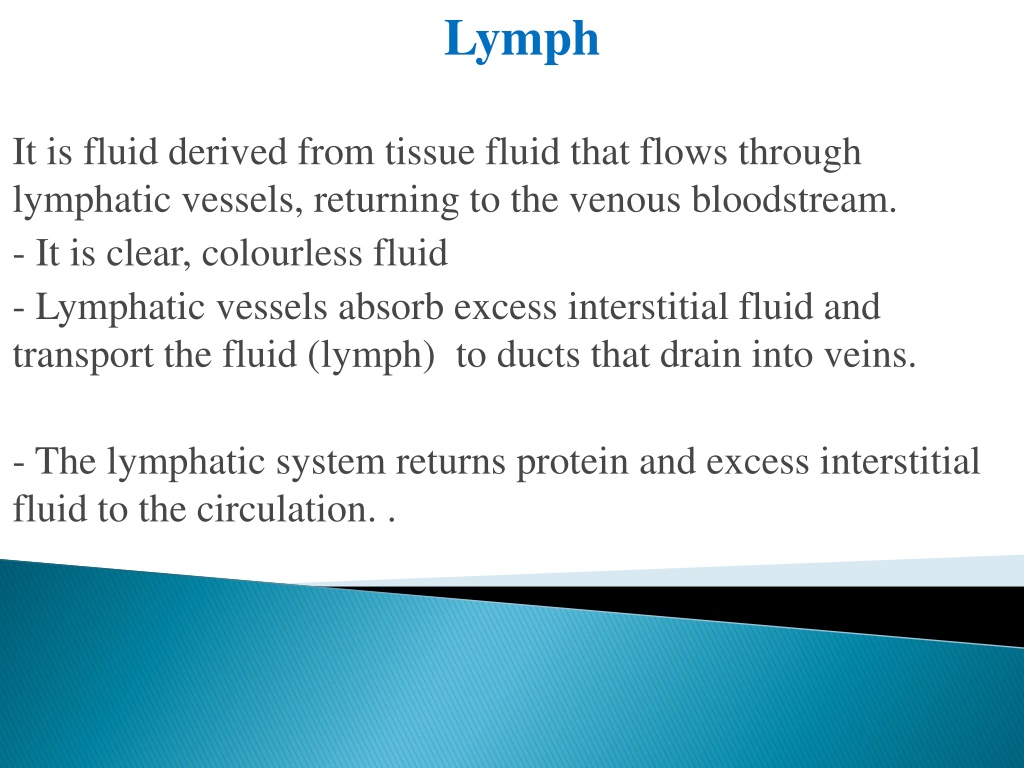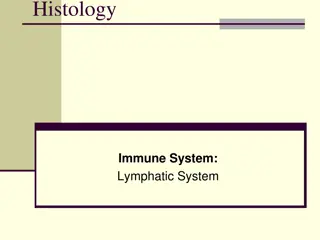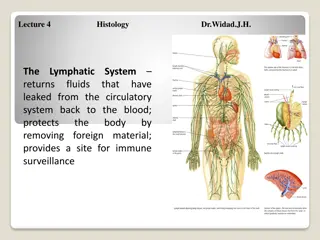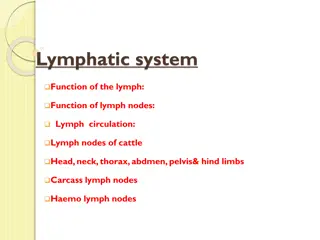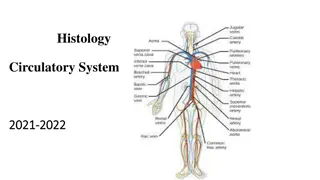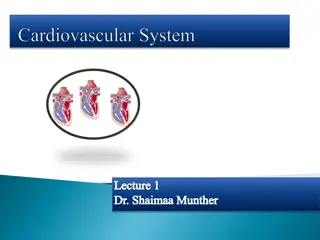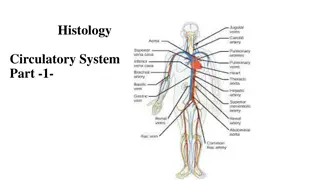Understanding the Lymphatic System: Functions and Importance
Lymph is a clear, colorless fluid that plays a crucial role in maintaining the body's fluid balance, immune response, and lipid absorption. The lymphatic system functions to return excess fluid and proteins to the bloodstream, aid in immunity through lymphocytes, absorb dietary lipids, and regulate extracellular fluid volume. Lymph nodes are key in filtering lymph and supporting the body's defense against infections.
Download Presentation

Please find below an Image/Link to download the presentation.
The content on the website is provided AS IS for your information and personal use only. It may not be sold, licensed, or shared on other websites without obtaining consent from the author. Download presentation by click this link. If you encounter any issues during the download, it is possible that the publisher has removed the file from their server.
E N D
Presentation Transcript
Lymph It is fluid derived from tissue fluid that flows through lymphatic vessels, returning to the venous bloodstream. - It is clear, colourless fluid - Lymphatic vessels absorb excess interstitial fluid and transport the fluid (lymph) to ducts that drain into veins. - The lymphatic system returns protein and excess interstitial fluid to the circulation. .
Function of lymphatic system: 1) Brings materials back to the blood system. - carries fluid from tissue spaces back to the blood. 2) Immunity: Its cells called lymphocytes help to provide immunological defense against disease
3) Lipid absorption: Lacteals found in the small intestine absorb dietary lipids that can not be absorbed by the blood capillaries.
4) To maintain the pressure and volume of the extracellular fluid by returning excess water and dissolved substances from the interstitial fluid to the circulation.
- As blood moves through the circulatory system, fluids and small molecules pass from plasma into the surrounding tissues. - Fluids and some blood proteins that leak from the capillaries into the interstitial fluids are returned to the blood via the lymphatic system.
Fluids enter this system by diffusing into tiny lymph capillaries. Once inside the lymphatic system, the fluid is called lymph Lymph vessels have valves that prevent the backflow of fluid toward the capillaries. - lymph, - -
Lymph filtered through lymph node Inside the lymph node connective tissue filled with white blood cells specialized for defense Lymph filtered through lymph node. - - -Clusters of lymph nodes are found scattered around the body especially in the armpits, neck, chest, and abdomen. -When the body is fighting an infection, these cells multiply, and the lymph nodes become swollen.
Lymph nodes often swell in one location when a problem such as an injury, infection, or tumour develops in or near the lymph node. Which lymph nodes are swollen can help identify the problem. For example; neck, under the jaw, or behind the ears commonly swell when you have a cold or sore throat. . For example; the glands on either side of the
